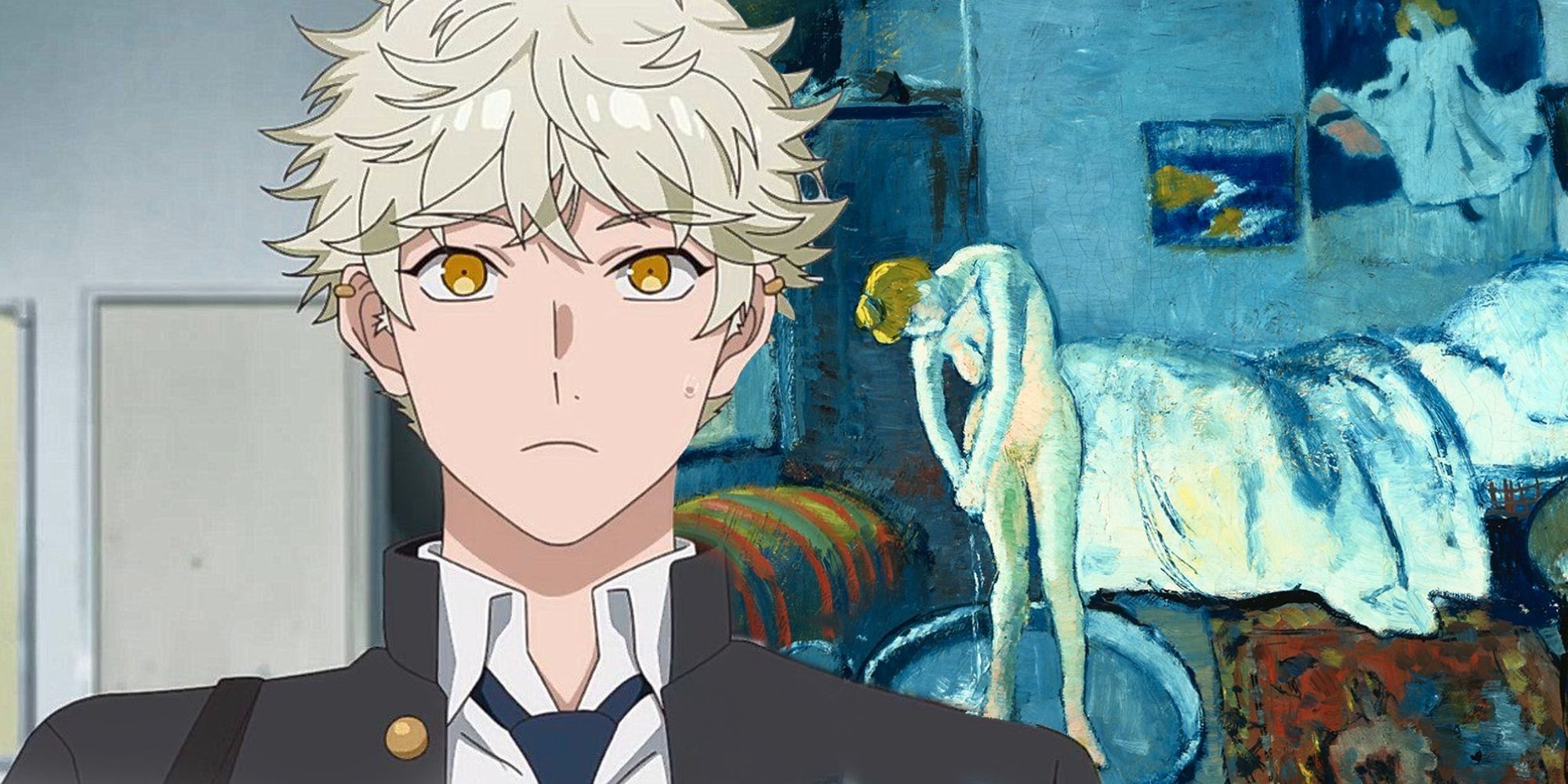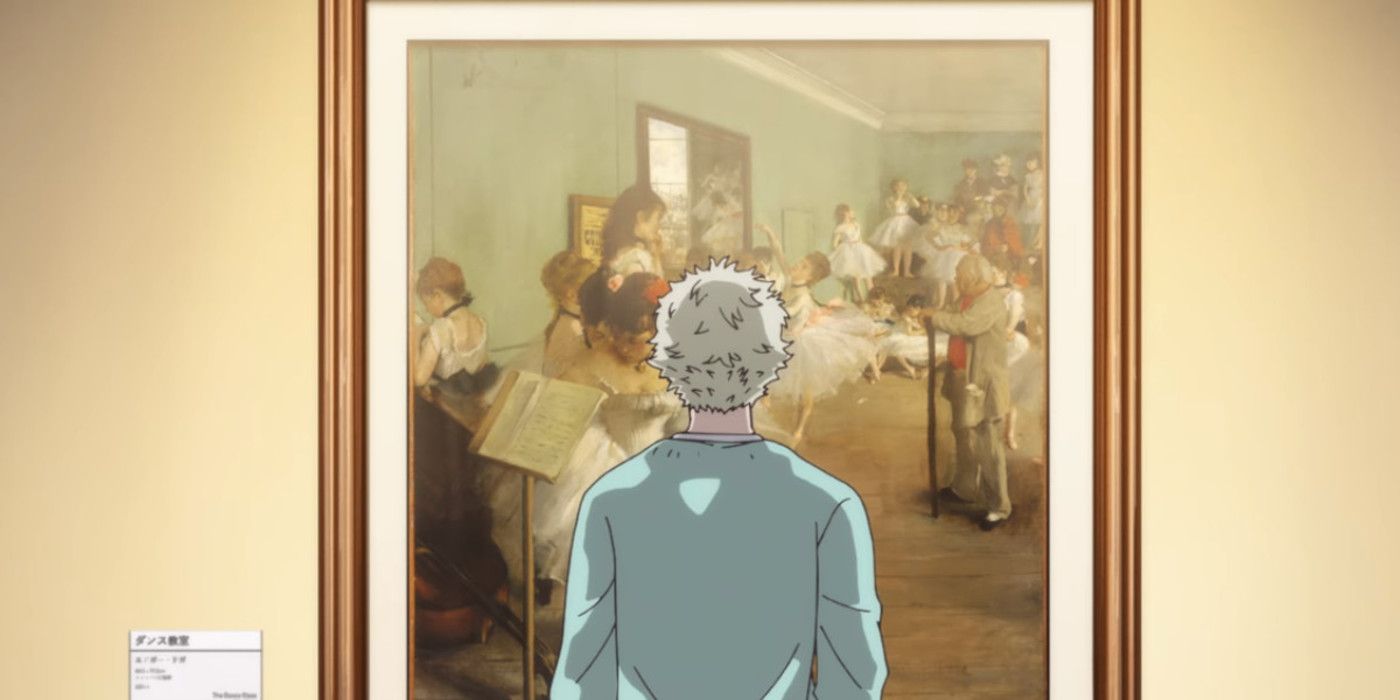Since its debut in October of this year, Netflix's Blue Period has quickly risen to the top of everyone's to-watch list. Considering Netflix's anime roster, this is no small feat. Alongside original series' like Super Crooks and the League of Legends-inspired Arcane, to say nothing of the other, quality series' available through Netflix, it's remarkable for a coming-of-age story like Blue Period to stand out, let alone develop a strong following. However, it's because Blue Period is so unlike most contemporary series that it's become a success.
Most anime, including series that fall into the coming-of-age genre - like Blue Period - focus most of the narrative attention and energy on the cast of characters. It's certainly true that strong, crafted characters are more interesting and therefore more likely to draw and retain viewers. Yet, Blue Period takes a different track. Rather than emphasize the nature of the journeys each of the core and secondary characters takes, Blue Period places more importance on the sole, overarching theme of the series: art.
Blue Period follows Yaguchi Yatora as he transitions from a passionless, albeit successful high school student into a fervent art lover. Yaguchi must start from scratch and learn the basics - such as sketching, perspective, and artistic appreciation, all the while making new friends and discovering his own identity.
Yaguchi and his interests are the primary focus of the series, and viewers share in his journey and experiences. Most of the impediments that befall Yaguchi stem from the introduction of a new lesson or concept concerning artistic craft. In turn, almost all of Yaguchi's pivotal moments of development are precipitated either by a significant artistic breakthrough or by grasping a new approach to art as a discipline or career. Thus, Blue Period functions much more along the lines of an educational series like Hetalia or Cells at Work than a coming-of-age drama.
For example, in Episode 3, "Prep School Debut of the Dead," Yaguchi and two other classmates Hashida Haruka and Takahashi Yotasuke attended a museum exhibit together. The trip did not focus on the budding friendship between Yaguchi and his two classmates, instead, the scene dealt with Yaguchi actively implementing a new method of art appreciation. As Yaguchi practiced applying a new method of critical thought, an activity that is highly singular, viewers practiced along with him, and in so doing learned to appreciate this new lens as well. Yaguchi's, and therefore Blue Period's narrative is driven by these very lessons in art as a craft as opposed to character advancement.
The content of the series aside, the title deserves considered analysis. The expression "blue period" refers to a chapter of Picasso's early career. During this time, Picasso painted mostly dour subjects, such as beggars and street urchins, using mostly blues and blue-greens. These are widely considered to be Picasso's most formative years, during which time his artistic voice and identity were formed. It's only fitting that Blue Period should concern Yaguchi Yatora embarking upon just such a pivotal phase himself, closely accompanied by eager viewers.


